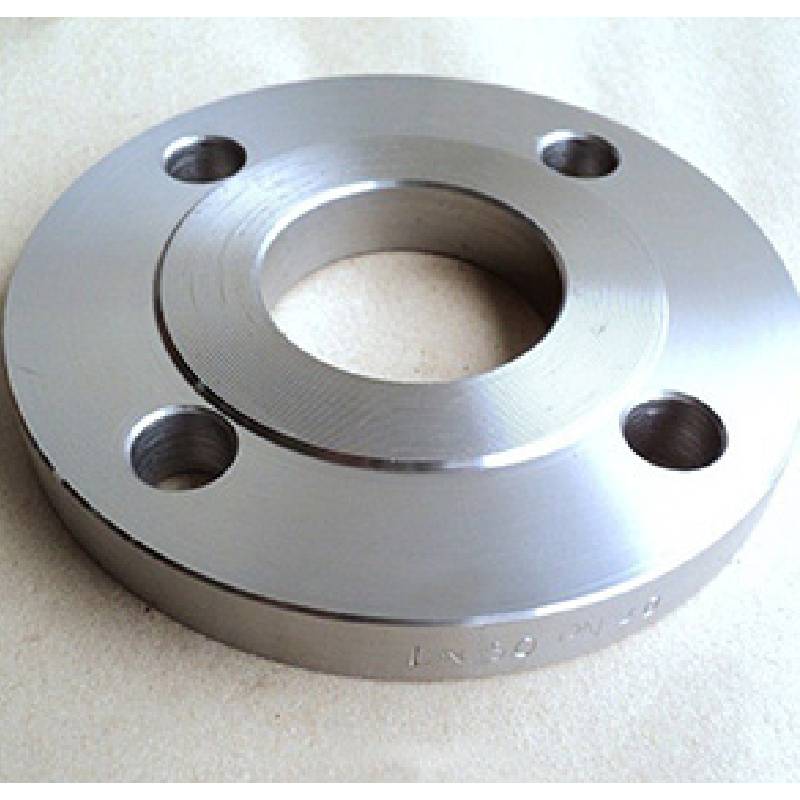-
Cangzhou Yulong Steel Co., Ltd.
-
Phone:
+86 13303177267 -
Email:
admin@ylsteelfittings.com
- English
- Arabic
- Italian
- Spanish
- Portuguese
- German
- kazakh
- Persian
- Greek
- French
- Russian
- Polish
- Thai
- Indonesian
- Vietnamese
- Zulu
- Korean
- Uzbek
- Hindi
- Serbian
- Malay
- Ukrainian
- Gujarati
- Haitian Creole
- hausa
- hawaiian
- Hebrew
- Miao
- Hungarian
- Icelandic
- igbo
- irish
- Japanese
- Javanese
- Kannada
- Khmer
- Rwandese
- Afrikaans
- Albanian
- Amharic
- Armenian
- Azerbaijani
- Basque
- Belarusian
- Bengali
- Bosnian
- Bulgarian
- Catalan
- Cebuano
- China
- China (Taiwan)
- Corsican
- Croatian
- Czech
- Danish
- Esperanto
- Estonian
- Finnish
- Frisian
- Galician
- Georgian
- Kurdish
- Kyrgyz
- Lao
- Latin
- Latvian
- Lithuanian
- Luxembourgish
- Macedonian
- Malgashi
- Malayalam
- Maltese
- Maori
- Marathi
- Mongolian
- Myanmar
- Nepali
- Norwegian
- Norwegian
- Occitan
- Pashto
- Dutch
- Punjabi
- Romanian
- Samoan
- Scottish Gaelic
- Sesotho
- Shona
- Sindhi
- Sinhala
- Slovak
- Slovenian
- Somali
- Sundanese
- Swahili
- Swedish
- Tagalog
- Tajik
- Tamil
- Tatar
- Telugu
- Turkish
- Turkmen
- Urdu
- Uighur
- Welsh
- Bantu
- Yiddish
- Yoruba

Dec . 04, 2024 08:36 Back to list
Understanding Flange GOST Standards for Industrial Applications and Engineering Requirements
Understanding Flange Standards The GOST Perspective
Flanges are critical components in piping systems, providing the means to connect pipes, valves, pumps, and other equipment. They play a vital role in supporting pressure vessels and ensuring the integrity of the overall system. Among various global standards, the GOST (Gosudarstvennyy Standart) standards are particularly significant in Eastern Europe and certain parts of Asia. This article aims to shed light on the GOST standards for flanges, their implications, and how they compare to international norms.
What are GOST Standards?
GOST is the acronym for the Russian phrase Gosudarstvennyy Standart, which translates to State Standard in English. Established in the Soviet Union, GOST standards cover an extensive range of products, including various types of industrial components such as flanges. With the dissolution of the USSR, the GOST standards were adopted by several post-Soviet states and continue to influence manufacturing processes in these countries.
Types of GOST Flanges
GOST flanges come in several types, accommodating different industrial requirements. Key variations include
1. Flat Flanges (GOST 12815-80) Commonly used for connecting pipes, these flanges provide a flat surface where the gasket can sit, ensuring a good seal under pressure.
2. Weld Neck Flanges (GOST 33259-2015) These are designed for high-pressure applications. They have a long neck that allows for a smooth transition of the flow from the flange to the pipe.
3. Blind Flanges (GOST 33259-2015) Used to seal the end of a piping system, blind flanges are ideal for pressure vessels and provide an effective way to close off a system.
4. Socket Weld Flanges These flanges are used in small diameter pipes where space is limited and can withstand high pressures.
5. Lap Joint Flanges Designed specifically for installations where frequent maintenance is needed, these flanges consist of two pieces that can be separated without removing the entire assembly.
flange gost

Standards and Specifications
GOST standards provide specifications for dimensions, materials, pressure ratings, and testing methods for flanges. For instance, GOST 12815-80 outlines the requirements for the design and dimensions of flat flanges, while GOST 33259-2015 encompasses a broader scope, including weld neck and blind flanges.
One of the significant advantages of GOST standards is their emphasis on safety and reliability. The requirements ensure that flanges can withstand extreme pressure and temperature conditions, which is crucial for industries like oil and gas, chemical, and power generation.
GOST vs. International Standards
When comparing GOST standards to other international standards such as ASME (American Society of Mechanical Engineers) and ISO (International Organization for Standardization), a few key differences can be observed
1. Dimensioning While GOST flanges follow metric systems (millimeters), ASME flanges typically use inches. This difference can lead to compatibility issues in multinational projects.
2. Material Specifications GOST typically specifies materials suitable for the local environment, which may differ from the materials recommended by ASME and ISO standards.
3. Design Philosophy GOST standards may focus more on robustness and may include stricter testing and quality assurance processes compared to some Western standards.
Conclusion
In summary, GOST standards for flanges are critical in ensuring the reliability and safety of piping systems in various industrial applications. While they have certain differences from international standards like ASME and ISO, they serve their purpose effectively in their designated regions. Understanding these standards is crucial for engineers, designers, and manufacturers who work in environments that require precision and reliability in their piping systems. As globalization continues to shape the industry, harmonizing standards will become increasingly important for facilitating international trade and ensuring compatibility across borders.
Latest news
-
ANSI 150P SS304 SO FLANGE
NewsFeb.14,2025
-
ASTM A333GR6 STEEL PIPE
NewsJan.20,2025
-
ANSI B16.5 WELDING NECK FLANGE
NewsJan.15,2026
-
ANSI B16.5 SLIP-ON FLANGE
NewsApr.19,2024
-
SABS 1123 FLANGE
NewsJan.15,2025
-
DIN86044 PLATE FLANGE
NewsApr.19,2024
-
DIN2527 BLIND FLANGE
NewsApr.12,2024
-
JIS B2311 Butt-Welding Fittings LR/SR 45°/90° /180°Seamless/Weld
NewsApr.23,2024











